Every Human Body has an EndoCannabinoid System. This is Largely why Cannabis is being recognized now. Cannabis contains all sorts of “Cannabinoids”
When our bodies are in a state of balance, they are naturally pain free, relaxed, and restorative. However, what exactly happens when our bodies experience pain?
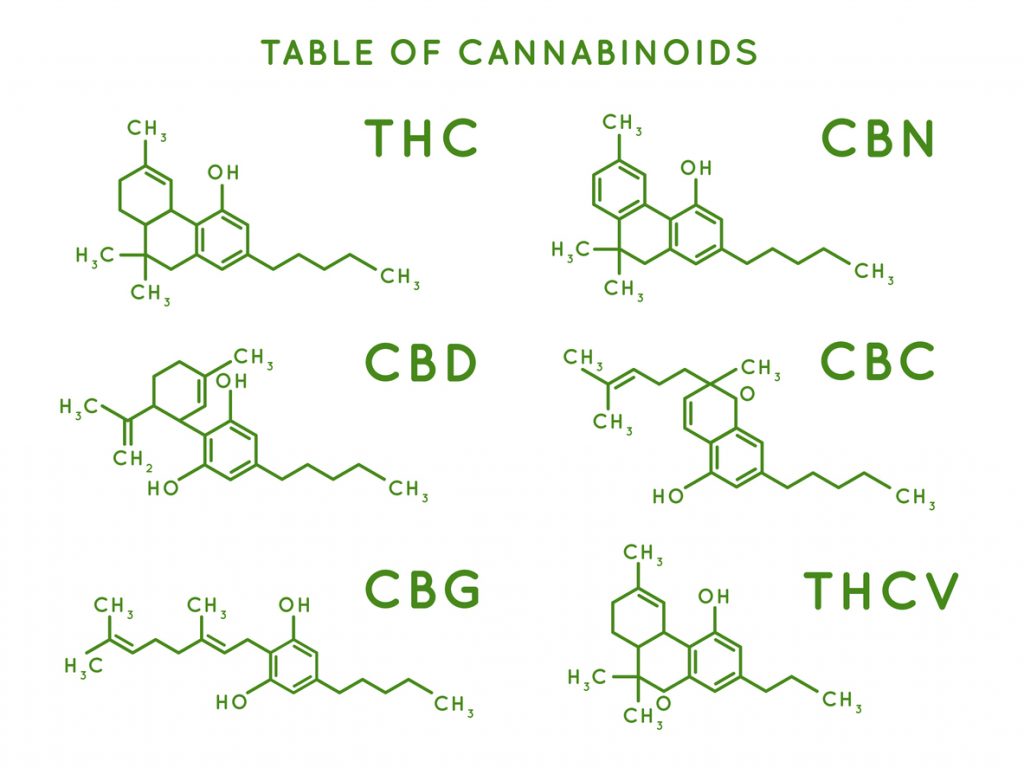
Pain and inflammation go hand in hand as inflammation causes pain. You could say the inflammation is the root cause of the majority of ailments and illnesses. In the United States, more than 40% of the population have a chronic disease.
We don’t want to eradicate inflammation as that is impossible and it is a natural immune response meant to help our bodies fight infections, viruses, and more. When small microbes or mucus droplets enter our system, our bodies cannot recognize what they are or where they come from, so they naturally trigger immune cells to create inflammation.
Inflammation leads to more blood flow in an area allowing immune cells to enter and try to heal the wound or get rid of foreign invaders. It also creates a hostile environment where certain germs would not want to live in.
While occasional swelling is normal, people with chronic illnesses often experience chronic swelling that puts the body in a state of stress. This swelling leads to extra sensitivity to pain and chronic feelings of pain as well.
So, how can we reduce inflammation, increase pain relief, and bring the body back to balance?
While there are many factors that affect our bodies’ inflammation response and level (i.e., genetics, diet, exercise, allergies, etc.), there are certain FDA approved medications and other natural alternatives that may help.
Chronic pain and inflammation often related to an autoimmune disease are usually treated with Corticosteroids (a prescription drug), or nonsteroidal anti-inflammatory drugs (NSAIDs), but these can negatively affect hormones, mood, weight, liver function, and may even cause stomach ulcers.

There are natural alternatives that may relieve pain, have little side effects, and may help manage certain health conditions.
The Cannabis plant has been highly regarded for its natural analgesic and anti-inflammatory properties. Cannabidiol, CBD, a molecule found within this plant, has been highlighted for its potential ability to reduce inflammation and thus reduce pain.
CBD, THC, CBN, and other molecules of the Hemp plant are known as Cannabinoids. While our bodies produce their own Cannabinoids, we sometimes don’t produce enough which can lead to issues within. CBD helps mimic a response that comes from our own internal system to help compensate.
Unlike other systems in our bodies, the Endocannabinoid system (ECS) was not discovered until 1992. This is why CBD and its effects have only started being researched recently.
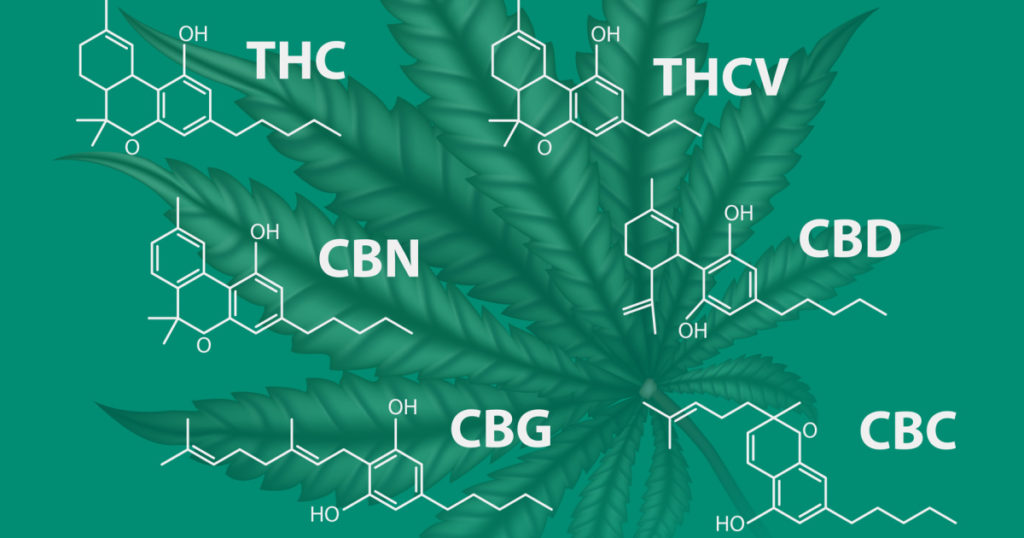
While the effects of CBD are still being studied, the majority of research demonstrates that CBD oil can be effective at targeting pain and inflammation. This is attributed to the fact that we all have an internal system responsible for producing biological Endocannabinoids and managing organ function, pain regulation, appetite, mood, and more.
Above all, though, CBD’s main target is that of immune and pain response which explains its ability to de-swell the body! CBD products help you de-stress, relieve pain, and de-swell.
Thailand Hemp Farms Produces Hemp with the Highest Levels of CBD/Cannabinoids, Terpenes and Flavonoids available in Thailand.
What are Flavonoids?
There has been increasing interest in the research of Flavonoids from dietary sources, due to growing evidence of the versatile health benefits of Flavonoids through epidemiological studies. As occurrence of Flavonoids is directly associated with human daily dietary intake of antioxidants, it is important to evaluate flavonoid sources in food. Fruits and vegetables are the main dietary sources of Flavonoids for humans, along with tea and wine.
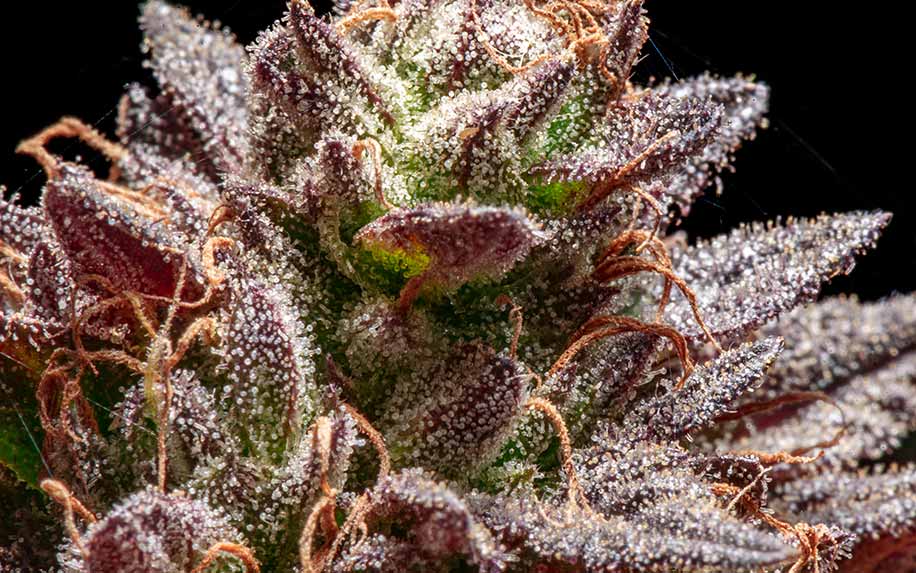
However, there is still difficulty in accurately measuring the daily intake of Flavonoids because of the complexity of existence of Flavonoids from various food sources, the diversity of dietary culture, and the occurrence of a large amount of Flavonoids itself in nature. Nevertheless, research on the health aspects of Flavonoids for humans is expanding rapidly.
Many Flavonoids are shown to have antioxidative activity, free-radical scavenging capacity, coronary heart disease prevention, and anticancer activity, while some Flavonoids exhibit potential for anti-human immunodeficiency virus functions. As such research progresses. further achievements will undoubtedly lead to a new era of Flavonoids in either foods or pharmaceutical supplements.
Accordingly, an appropriate model for a precise assessment of intake of Flavonoids needs to be developed. Most recent research has focused on the health aspects of Flavonoids from food sources for humans. This paper reviews the current advances in Flavonoids in food, with emphasis on health aspects on the basis of the published literature, which may provide some guidance for researchers in further investigations and for industries in developing practical health agents.
When people talk about Hemp and THC Cannabis, Cannabinoids often take center stage. Some may even discuss how Terpenes play a role in enhancing the plant’s therapeutic effects. But what is often missing from the conversation are synergistic compounds known as Flavonoids. It’s time for these critical cannabis compounds to shine.
What are Flavonoids, their benefits, and how do they work to maximize your Hemp or THC Cannabis experience?
WHAT ARE Flavonoids? AND WHY ARE THEY SO IMPORTANT TO CANNABIS PLANTS?
Flavonoids are secondary metabolites known for their rich diversity and color in the plant kingdom. The word Flavonoids comes from the Latin word “flavus” meaning “blonde” or “yellow,” which describes their most commonly occurring hue. You can find 8000 varieties of Flavonoids in almost every plant species, including vegetables, fruits, and herbs. To date, 20 of them have been discovered in the Cannabis plant.
Flavonoids are one of the most prominent nutrient families in the plant world. They provide nutritional value while delivering Health Benefits to Humans and the plants from which they’re derived. They help with seed development and the growth process by executing essential functions like cell cycle progression.
Flavonoids also act as a defense mechanism for plants, preventing damage from environmental stressors like bacteria, fungi, insects, and the sun’s UV rays.
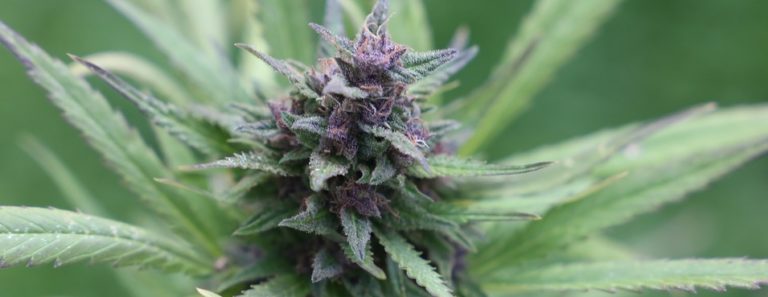
In addition to controlling the growth process and providing protection, Flavonoids are responsible for giving plants their appearance. Flavonoids participate in the flavor, aroma, and pigment differences in plants and provide each Cannabis strain its unique taste, smell, and color.
Flavonoids are essential for Hemp and THC Cannabis plants, and at present Flavonoids test detect up to 16 unique Analytes via an LCMS method (Liquid chromatography–mass spectrometry) . Let’s look at how they support greater human health.
HOW CANNABIS Flavonoids WORK IN THE BODY
Cannabis Flavonoids play a crucial role in how you perceive the plant with your senses due to the pigment and flavor they provide, but they also deliver therapeutic benefits.
Flavonoids, working with Cannabinoids and Terpenes, interact with chemical receptors through your body’s Endocannabinoid system. And just like those other two compounds, Flavonoids can act as anti-inflammatories, Antioxidants, and Antibacterials while helping stave off certain diseases.
Flavonoids are vital ingredients in the “entourage effect,” which describes how the interaction of Cannabinoids, Terpenes, Flavonoids, and other compounds complement each other with interacting with the Endocannabinoid system in the body. Since every strain has a different combination of these compounds, you can think of the Entourage effect as the reason why different strains produce different medicinal and psychoactive effects.
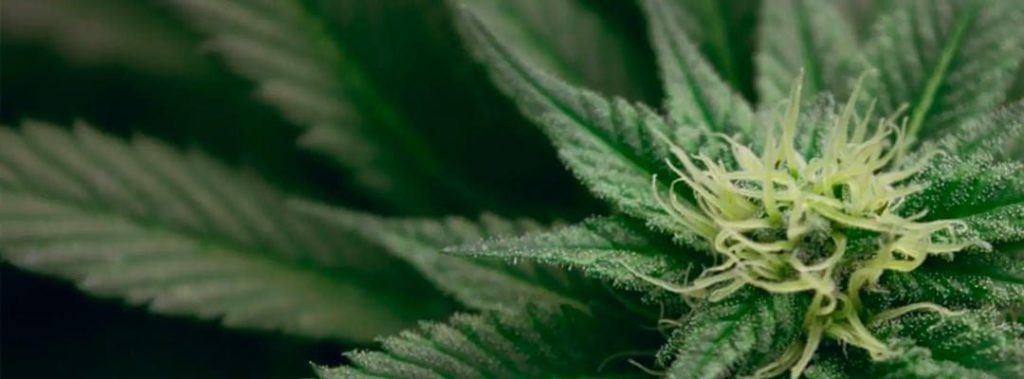
Different ratios of these plant-based compounds exist in each unique strain, which triggers different chemical cascades in the nervous system. This is why some strains are suitable for controlling pain, while others are better at producing an uplifting effect.
COMMON CANNABIS Flavonoids AND THEIR BENEFITS
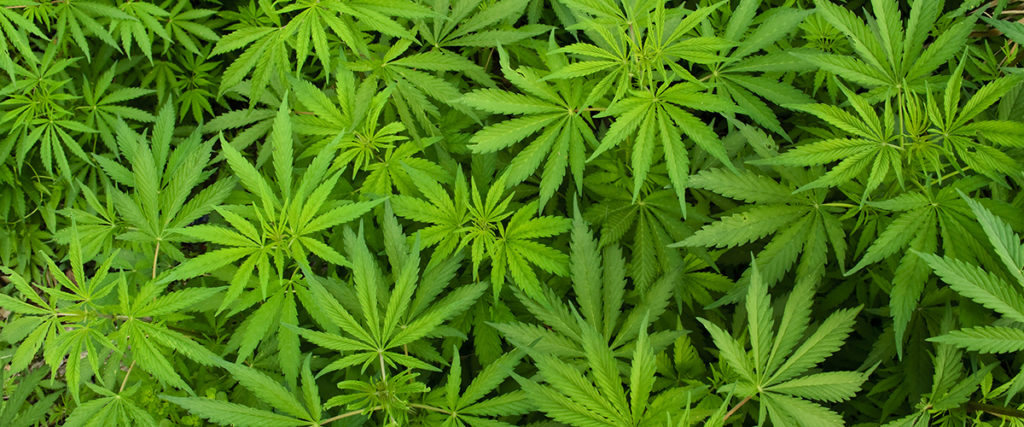
Now that you understand how Flavonoids work, let’s look at some commonly found in cannabis and their benefits.
CANNFLAVINS A, B, AND C
Cannflavins are a variety of Flavonoids only produced in the Cannabis Plant and are part of a Flavonoids class called Flavone. These Flavonoids are shown to be a Neuroprotective, Antioxidant, and provide anti-cancer properties in animal models. Cannflavin A has been studied the most and thought to inhibit the COX-2 and reduce inflammation.
QUERCETIN
Quercetin is the most abundant Flavonoid in the human diet, and, along with Cannabis, it’s found in many plants, including:
- Apples
- Kale
- Cocoa (chocolate)
- Red onions
- Berries
- Red wine
- St. John’s wort
- Ginkgo biloba
- Citrus fruits
- Green tea
In addition to the list above, Quercetin can be found in many other deeply colored, nutrient-packed vegetables. This abundant Flavonoid acts as a pigment that adds color to plants and mainly occurs in the skins and leaves. It also provides many health benefits as a powerful antioxidant that helps our bodies fight free radicals by down-regulating and suppressing inflammatory pathways. In addition, Quercetin is an anti-inflammatory, antifungal, and antiviral thought to improve physical and mental performance.
APIGENIN
Apigenin is a common Flavonoid found in foods like:
- Celery
- Parsley
- Tarragon
- Basil
- Oranges
- Onions
- Mint
- Cilantro
Structurally, Apigenin exists as a yellow-colored solid crystalline and has been used for centuries as a wool dye. It’s best known for its sedative and muscle-relaxing effects by acting on GABA receptors and is thought to provide the active ingredient in Chamomile tea that helps with sleep. In fact, Apigenin accounts for 68% of the total Flavonoids in the Chamomile Flower and contributes significantly to its color and flavor. Studies have also shown that it can also help fight anxiety and Depression, explaining why a cup of Chamomile tea can be so soothing. Apigenin is also known as an active antioxidant and has anti-inflammatory and Antiviral properties.
KAEMPFEROL
Kaempferol is abundant in plants like:
- Beans
- Kale
- Endive
- Cucumbers
- Onions
- Green beans
- Spinach
- Ginger
- Dill
- Tea
- Broccoli
But Kaempferol can be found in the highest concentrations in Capers and Saffron. Kaempferol is also what gives Rose petals their beautiful color. Therapeutically speaking, scientists have reason to believe that this Flavonoid may be helpful in the treatment of cancer. That’s because it is known to modulate Cell Health and Death, help form new blood cells, fight Inflammation, and help target metastasis.
MAXIMIZING CANNABIS FlAVONOIDS
If you are interested in reaping all the benefits that Flavonoids have to offer, you might be wondering what cannabis consumption methods deliver the most. While the answer to this question isn’t always cut and dry, it’s thought that eating Cannabis is the way to get the most Flavonoids out of cannabis.
Why not smoke? While combustion can activate some Flavonoids, it can also burn up others. Tinctures can also be a great way to maximize the Flavonoids in cannabis, but that can depend on the tincture preparation. Anytime Heat is applied to a substance the Chemical Make-up changes.
While there is a lot that we know about the benefits of Flavonoids and how to reap them, Flavonoids research in Cannabis is still highly understudied. The good news is that new studies continue to uncover further information all the time, allowing us to understand better the role that cannabis Flavonoids play in our experience and wellness.
Terpenes
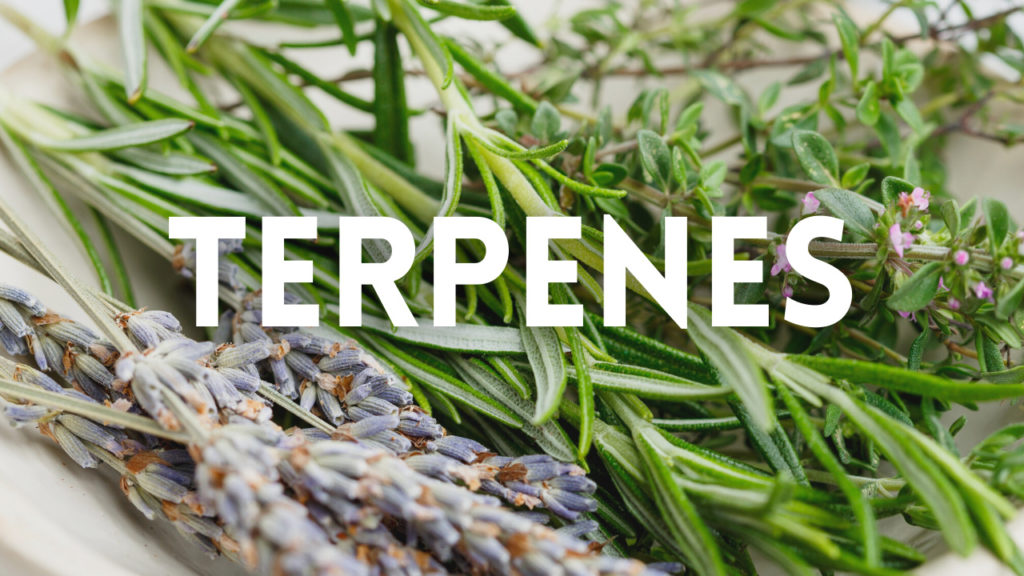
If you have ever had a waft of particularly aromatic plants such as lavender, you’ve encountered Terpenes. Terpenes are aromatic compounds that create the distinct scent of many plants like cannabis, pine, lavender, and oranges.
However, creating the aroma of Hemp and other plants is not the only purpose of these important chemicals. Terpenes serve a protective function for the plant and may also offer some health benefits to the human body.
Read on to find out more about the benefits of Terpenes in CBD.
What are Terpenes?
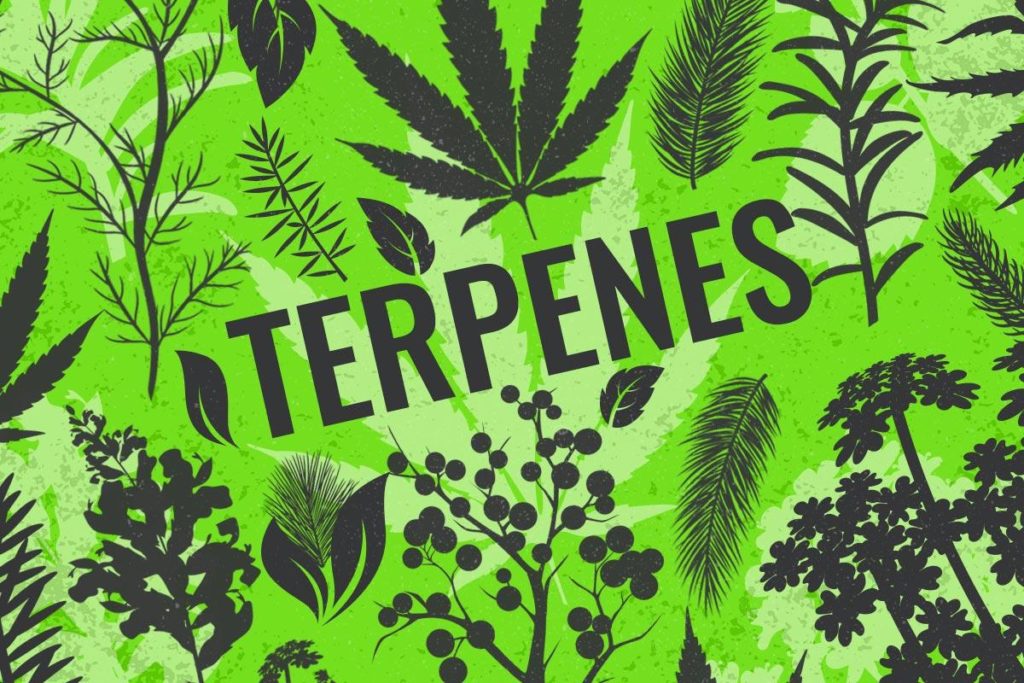
Terpenes are fragrant organic compounds found in Hemp and other plants that bind to receptors in the human body and carry a variety of health benefits. Terpenes are responsible for the aroma and flavors of some Hemp-derived CBD products, and influence its effects by interacting with cannabinoids.
Hemp-derived Terpenes are formed inside Cannabis Trichomes, and their relative presence is directly affected by both the spectrum and intensity of light exposure. Terpene profiles vary among-st Hemp plants, influencing their unique aroma profiles. Different Hemp plants will produce distinct scents based on their unique blend of Terpenes.
Why Do Plants Produce Terpenes?
In some plants, Terpenes act as a way to attract pollinators or repel predators, such as insects or foraging animals. Terpenes also play a protective role, helping the plant to recover from damage, while others act as a part of the plant’s immune system to keep away harmful germs.
Types of Terpenes
There are many distinct types of Terpenes, each with a unique aroma profile and purpose. Some of the most common Terpenes found in Hemp are:
- Caryophyllene– A Terpene in Hemp, Caryophyllene is also found in hops, cloves, and rosemary. It carries an herbal aroma synonymous with these plants.
- alpha – Humulene– This Terpene is dominant in hops. It’s also present in sage, clove, basil, black pepper, and ginseng, and carries a corresponding “hoppy” aroma.
- Limonene– Most commonly found in citrus fruits, in which it provides that citrus smell.
- Linalool– This Terpene is found in rosewood, bergamot, coriander, rose, jasmine, and lavender. It produces a very pleasant floral aroma and is often used in soaps and perfumes.
- Myrcene– Most commonly associated with the signature “earthy” aroma found in most Hemp plants.
- Ocimene– Produces a strong, sweet, herbal scent. wide variety of plant life, including mint, mangoes, basil, and orchids.
- Pinene– Similar to its name, it is commonly found in pine trees and other conifers, pinene is also responsible for the “piney” aroma of certain Hemp plants.
- Terpinolene– It’s commonly found in plants known for pleasant fragrances, such as rosemary, conifers, lilacs, and apples. It creates a fresh herbal-citrus aroma.
- alpha Bisabolol– This Terpene was first isolated from Matricaria chamomilla (Asteraceae) in the twentieth century and has since been identified in other aromatic plants such as Eremanthus erythropappus, Smyrniopsis aucheri, Vanillosmopsis species, and Salvia runcinata. Terpenes are revealing miraculous information and uses. The Thai People have know about these things for a 1000 years. I have known for a few myself. If you take the time and inform yourselves you will find that Every Human Being on this Planet has an Endocannabinoid System. Kevin


